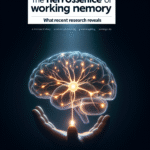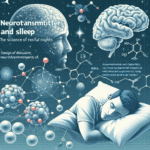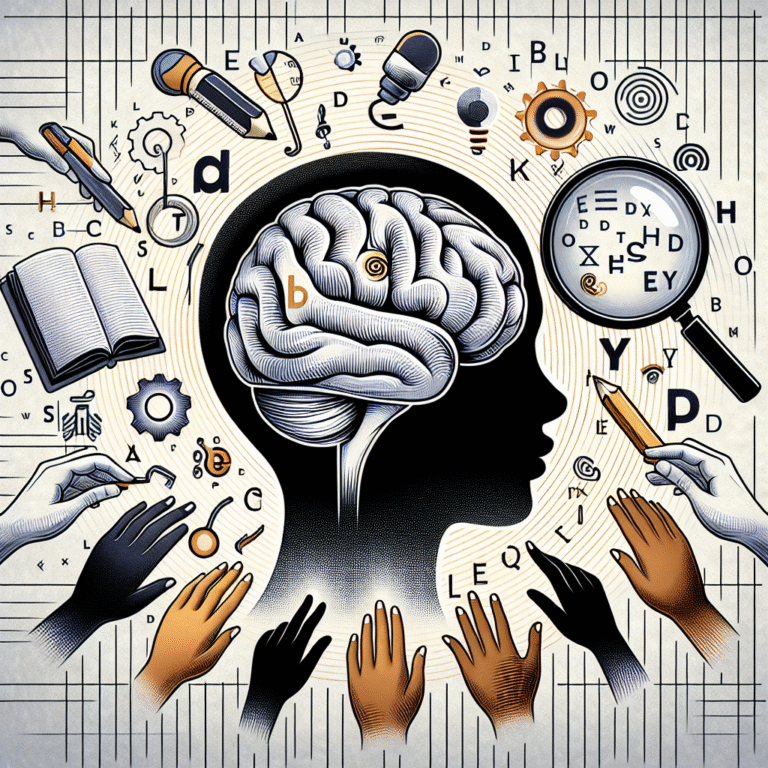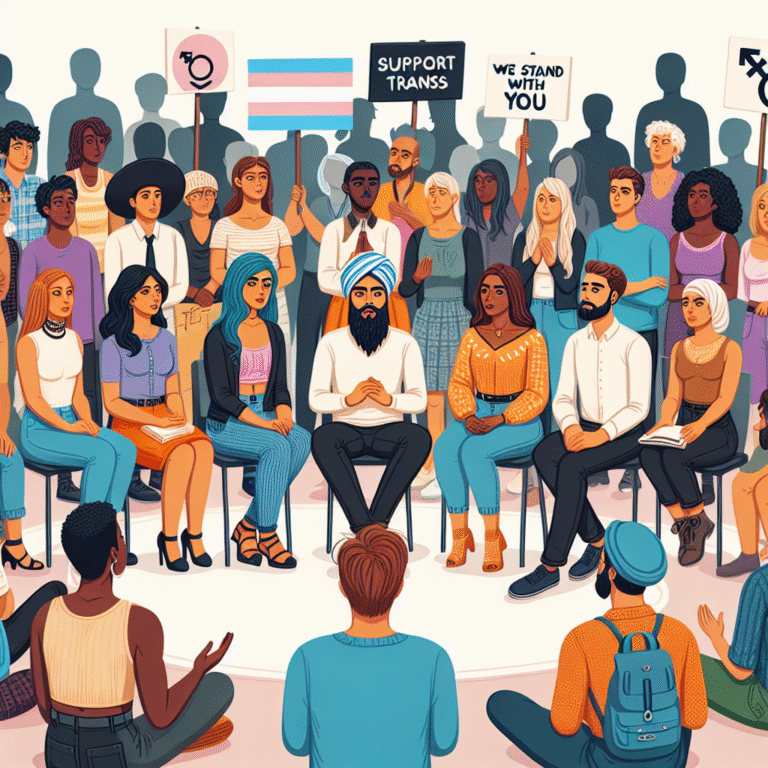
Empowering Educators: Essential Teaching Strategies for Students with Learning Disabilities and Behavioral Needs
Introduction
Imagine walking into a classroom where every student, regardless of their learning differences or behavioral challenges, feels supported, engaged, and empowered to succeed. This vision can be a reality with the right teaching strategies. Empowering Educators: Effective Teaching Strategies for Students with Learning Disabilities and Behavioral Needs is not just a theme; it’s a mission that calls on educators, administrators, and support staff to adapt their teaching methodologies to ensure inclusivity and accessibility in learning. The importance of this endeavor cannot be overstated: in today’s diverse classrooms, every student deserves the opportunity to realize their full potential.
In this article, we will explore effective teaching strategies tailored to meet the unique needs of students with learning disabilities and behavioral challenges. We will discuss practical approaches, relevant case studies, and actionable insights that educators can implement today. From differentiated instruction to collaboration strategies that involve parents and support staff, this comprehensive guide aims to equip educators with the tools necessary to foster an inclusive educational environment.
Understanding Learning Disabilities and Behavioral Needs
What Are Learning Disabilities?
Learning disabilities affect the brain’s ability to receive, process, store, and respond to information. These may manifest in various ways, such as difficulty reading, writing, or mathematics. The Individuals with Disabilities Education Act (IDEA) defines several categories of learning disabilities, including dyslexia, dyscalculia, and dysgraphia.
What Are Behavioral Needs?
Behavioral needs refer to the spectrum of challenges students may face, including but not limited to Attention Deficit Hyperactivity Disorder (ADHD), Oppositional Defiant Disorder (ODD), and autism spectrum disorders (ASD). These challenges may impact a student’s ability to engage with peers, follow classroom rules, or manage emotions effectively.
Understanding these definitions lays the groundwork for grasping the importance of Empowering Educators: Effective Teaching Strategies for Students with Learning Disabilities and Behavioral Needs.
Key Teaching Strategies
1. Differentiated Instruction
Differentiated instruction is a proactive approach that involves tailoring lessons to meet individual student needs. It may involve modifying content, process, or products based on students’ readiness, interests, and learning profiles.
Case Study: Riverfront Elementary
At Riverfront Elementary, teachers implemented differentiated instruction for students in special education programs. By identifying students’ strengths and weaknesses through assessments, teachers were able to provide tailored support and resources. This approach resulted in improved test scores and students gaining confidence in their abilities.
Analysis: The success of differentiated instruction at Riverfront Elementary is a testament to the positive impact that individualized learning can have on students with learning disabilities and behavioral needs. It highlights the critical importance of recognizing each student as unique.
2. Structured Environment
Creating a structured environment helps students with behavioral needs understand expectations and routines, providing them with a sense of stability that enhances their focusing abilities.
Table 1: Elements of a Structured Environment
| Element | Description | Benefits |
|---|---|---|
| Consistent Daily Schedule | Establish a routine that students can anticipate. | Reduces anxiety and enhances predictability. |
| Clear Rules and Expectations | Define rules clearly and reinforce them frequently. | Promotes understanding of boundaries and consequences. |
| Visual Aids | Use charts and reminders placed strategically around the classroom. | Supports students who struggle with verbal instructions. |
3. Collaborative Learning
Collaborative learning fosters social interaction among students, helping them learn from one another while building social skills. This strategy is particularly effective for students with behavioral needs, as it encourages teamwork and communication.
Case Study: Harmony High School
At Harmony High School, teachers introduced collaborative learning groups in their special education classes. Students were tasked with problem-solving activities requiring input from each group member. This approach not only improved academic outcomes but also reduced behavioral incidents.
Analysis: The experience at Harmony High School reinforces the notion that social interactions can serve as a valuable tool in educating students with behavioral challenges, reducing isolation and improving peer relationships.
4. Multisensory Teaching
Multisensory teaching integrates visual, auditory, and kinesthetic learning modalities to cater to different learning preferences. This strategy is especially beneficial for students with learning disabilities.
Example Activities:
- Incorporating physical objects during math lessons to represent concepts visually.
- Using storyboards for reading comprehension, allowing students to visualize the narrative.
- Employing songs or rhymes to teach vocabulary, tapping into auditory learning strengths.
5. Positive Behavior Support
Implementing a Positive Behavior Support (PBS) system can lead to more effective classroom management and improved student behavior. This strategy encourages positive behavior through rewards and recognition rather than solely focusing on discipline.
Table 2: Components of Positive Behavior Support
| Component | Description |
|---|---|
| Clear Expectations | Teach students what behaviors are expected. |
| Consistent Reinforcement | Use a reward system to reinforce positive behaviors. |
| Data Collection | Monitor behavior data to make informed decisions about interventions. |
Bridging the Gap: Support Networks
Empowering Parents and Guardians
Engaging parents in the educational process is critical. Educators should encourage open communication with parents, allowing them to share insights into their child’s needs and effective strategies that have worked at home.
Collaboration with Specialists
Working with special education teachers, school psychologists, and occupational therapists is crucial in developing effective strategies for students with learning disabilities and behavioral needs. Regular meetings to discuss individual student progress can lead to tailored interventions that can significantly benefit students.
Integration of Technology in Classrooms
The use of technology in the classroom can dramatically enhance learning experiences and outcomes for students with learning disabilities and behavioral needs. Apps designed for reading, writing, and math can provide individualized support and instant feedback.
Example Tools:
- Text-to-Speech Software: Assists students who struggle with reading comprehension.
- Behavioral Tracking Apps: Provides immediate data regarding student behaviors for better management and interventions.
- Interactive Learning Platforms: Offer engaging resources that cater to various learning styles.
Conclusion
In conclusion, the journey toward Empowering Educators: Effective Teaching Strategies for Students with Learning Disabilities and Behavioral Needs is vital for creating a truly inclusive classroom. Through differentiated instruction, structured environments, collaborative learning, multisensory teaching, and positive behavior support, educators can make profound differences in the lives of their students.
As we reflect on the strategies discussed, let us recognize that every educator holds the power to inspire, develop, and cultivate the potential of each student. By embracing these effective teaching strategies, we pave the way for future generations to thrive, regardless of their unique challenges.
FAQs
1. What are some effective strategies for integrating students with learning disabilities into mainstream classrooms?
Effective strategies include differentiated instruction, using visual aids, and collaborative group work to encourage peer interaction while adapting materials to suit various learning levels.
2. How can parents support their children with learning disabilities at home?
Parents can support their children by maintaining open communication, providing a structured routine, and collaborating with teachers to reinforce learning strategies that are effective in the classroom.
3. What role do classroom aides play in supporting students with behavioral needs?
Classroom aides provide individual assistance to students, help in managing behavior, and facilitate social interactions, allowing teachers to focus on instruction while ensuring that all students receive the attention they need.
4. How can technology help students with learning disabilities?
Technology offers tools for personalized learning, such as speech-to-text applications, educational games, and online resources that cater to different learning styles, enhancing engagement and understanding.
5. What are some signs that a student may have a learning disability or behavioral need?
Common signs include difficulty in reading, writing, or math, consistent problems in attention or behavior, struggles with following directions, and trouble with social interactions.
By understanding and implementing the strategies outlined in this article, educators can truly empower themselves and the students with whom they work, fostering a better educational environment for all.
















